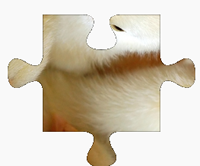DLTK's Nursery Rhymes for Kids
Mary, Mary, Quite Contrary
Mary, Mary, quite contrary,
How does your garden grow?
With silver bells and cockle-shells,
And pretty maids all in a row.
Mary, Mary Quite Contrary Lyrics and Coloring Pages:
Mary, Mary Quite Contrary Crafts:
Mary, Mary Quite Contrary Printable Resources:
Mary, Mary Quite Contrary Puzzle Worksheets:
Other crafts to go with this nursery rhyme:
On-Line Jigsaw Puzzles:
The History of "Mary, Mary, Quite Contrary"
"Mary, Mary, Quite Contrary" is a traditional English nursery rhyme that has been recited by children for generations. The rhyme is known for its rhythmic verse and imagery related to gardening and flowers. It is often interpreted in various ways, with some suggesting that it carries historical and political references.
Origins and Early History
The earliest recorded version of "Mary, Mary, Quite Contrary" dates back to the 18th century, with the rhyme appearing in Tommy Thumb's Pretty Song Book, published in 1744. Since then, the rhyme has been included in numerous collections of nursery rhymes and children's songs, maintaining its popularity over the years .
Possible Interpretations
The rhyme's simple structure and vivid imagery have led to various interpretations and theories about its meaning:
- Religious Interpretation: Some interpretations suggest that "Mary, Mary, Quite Contrary" refers to Mary I of England, also known as "Bloody Mary." The rhyme's lines about growing gardens and silver bells have been associated with the Queen's reign and her attempts to restore Catholicism in England. The "silver bells" and "cockle shells" have been interpreted as references to instruments of torture or aspects of Catholic worship .
- Historical Figures: Another theory posits that the rhyme refers to Mary, Queen of Scots, due to the use of "Mary" and the mention of a "garden" as a metaphor for her reign and ambitions .
- Gardening Imagery: On a more literal level, the rhyme can be seen simply as a children's verse about gardening, with "contrary" describing someone whose garden grows in an unusual or difficult manner. This interpretation focuses on the rhyme's playful and imaginative language rather than its historical implications .
Cultural Impact
"Mary, Mary, Quite Contrary" has had a significant impact on popular culture, inspiring various adaptations and references in literature, music, and media. The rhyme's catchy rhythm and mysterious undertones make it a favorite for children's stories and educational materials. It is often used in early childhood education to teach rhythm, memorization, and language skills .







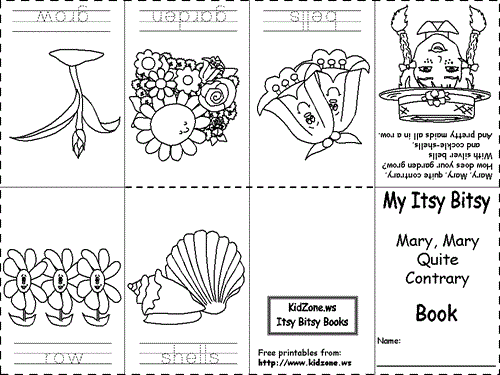




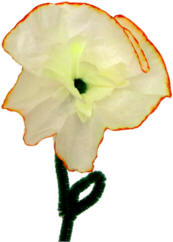 Craft: Daffodil Coffee Filter
Craft: Daffodil Coffee Filter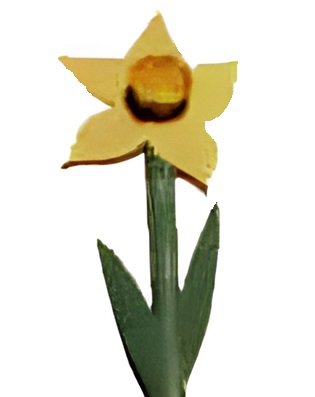 Craft: Daffodil
Craft: Daffodil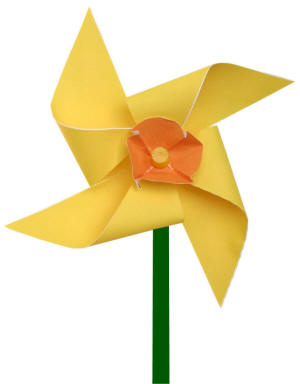 Craft: Daffodil Pinwheel
Craft: Daffodil Pinwheel

